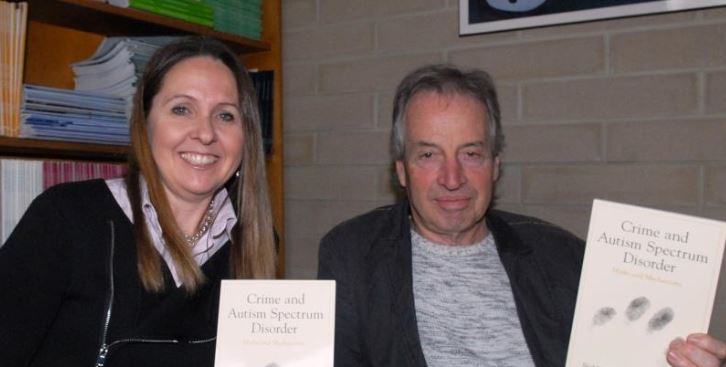Questions raised on autism and criminal law

Flinders researchers are calling for more support for adults with Autism Spectrum Disorder (ASD) in the criminal justice system.
The authors of a new book, Crime and Autism Disorder Spectrum: Myths and Mechanisms, believe that some ASD behaviours can make some individuals more vulnerable to offending.
These characteristics include impaired social and cognitive abilities, which can minimise their ability to clearly communicate with others and interpret non-verbal facial messages.
As a consequence they may become naively involved in criminal activity, or their responses if questioned may cause the situation to escalate, say the researchers Professor Neil Brewer and Associate Professor Robyn Young, from Flinders University’s School of Psychology.
They explained their research on the Law Report on Radio National here.
“While there is limited scientific research on adults with ASD in the criminal justice system, it is clear that there is a need for greater awareness among judges, police, clinical psychologists and others,” Professor Brewer says.
“For example, individuals with ASD might not understand the way their actions or words can incriminate them, or they might overreact due to sensory overload or obsessive behaviours in a new or unfamiliar environment.”
Autism expert Associate Professor Young says it is not just the features of the disorder that places them at risk but commonly other factors such as bullying, social isolation and unemployment can increase the risk of criminal activity.
“At the same time, it is important to debunk the myth that people with ASD are more likely to be involved in crime,” she says, instead linking some crimes to underlying conditions such as anxiety, depression or serious personality disorders.
Associate Professor Young says the research available does not show people with ASD are disproportionately represented in prison populations or psychiatric hospitals. In fact, some features of the disorder may protect them from criminal activity.
“However, some features of the disorder may combine with environmental risk factors that for a minority may lead to criminal activity,” she says.
Stay informed, daily
The Flinders experts call for further research to investigate ways to reduce these risks, “if we are to protect some people with ASD who may be more vulnerable”.
The book calls for intervention programs to minimise the vulnerability of adults with ASD, as well as to prepare them for interactions with the criminal justice system.
Programs could also be developed to prepare professionals in the judicial system for dealing with adults with ASD in ways that ensure those interactions are not prejudicial.
Crime and Autism Disorder Spectrum: Myths and Mechanisms (Jessica Kingsley Publishers, 2015) is available online and from Footprint Books.








